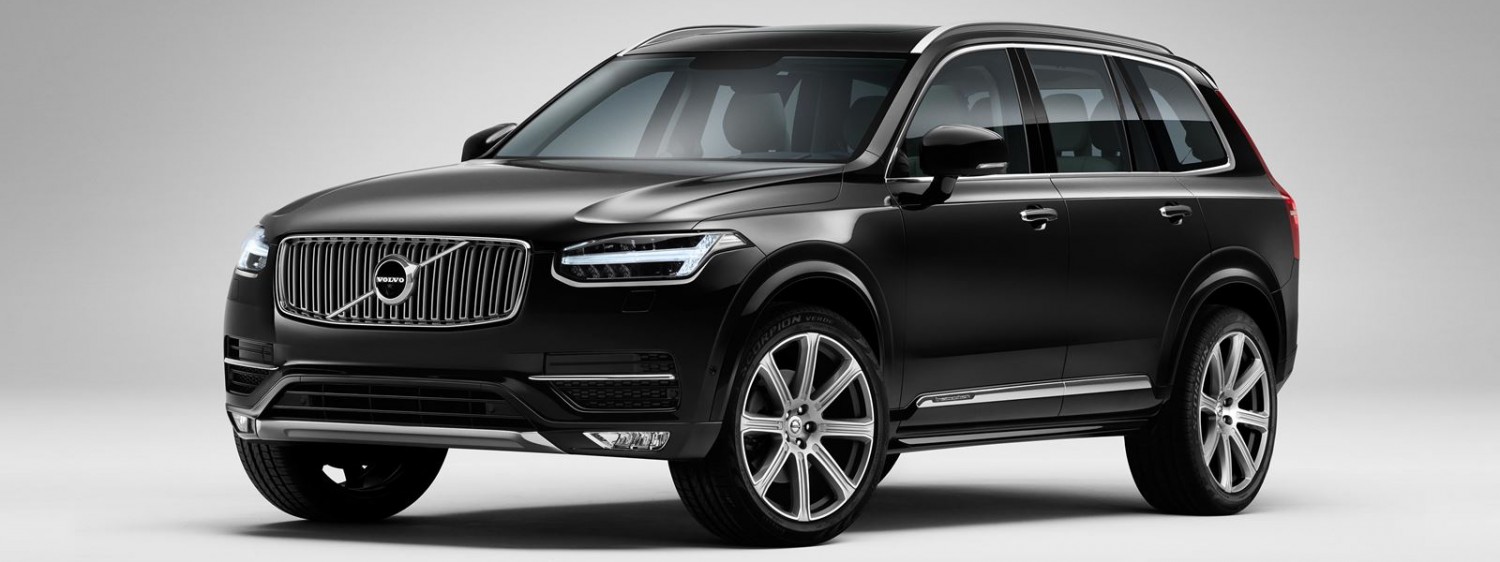Volkswagen is set to do its final trial test for the new Tiguan in Namibia. This last test is said to complete the development phase of the vehicle.
Testers would be focusing on the electronic components and chassis of the new SUV during its final acceptance drive through the African continent. They would likely gain some interest in the technical highlight of the Tiguan like the completely new generation radio and navigation system, which were developed in close cooperation with the most important local Volkswagen operations in Europe, Asia and America.
Worldwide development collaboration also made it possible for a wider specialized know-how and the requirements of all markets, to influence the devices. The top system of the new line, with the designation RNS 510, has a 30 GB hard disk and is controlled with a touch screen. Add to that a rear-view camera enables a view behind in this case.
A new electronic system also helped simplify offroad driving in the Tiguan. The SUV uses an innovative network of assistance systems with the name of “Offroad Modeâ€. With just a touch of a switch activates a whole set of safety features, supporting the driver in a multitude of situations.
The Tiguan will be offered in two body variants which differ in their front ends. The “Trend & Fun†and “Sport & Style†versions are designed for a maximum entry angle of 18 degrees in front. The “Track & Field†Tiguan that is suited for offroad duty can assume entry angles of up to 28 degrees with its front end.
Long before the first prototype was built, Volkswagen had decided that the new Tiguan would be an extremely actively driving and safe SUV. The Tiguan now has to demonstrate in Africa that it achieves neutral to lightly understeering handling and an unusually low roll angle. The terrain of the Namib Desert is a ideal place to test how well the highly dynamic driving characteristics and excellent ride comfort interact under the hardest conditions. The goals set for the chassis development were agile driving behavior, very good vibration behavior and ride comfort, low roll angle with harmonic roll dynamics, high driving dynamic stability and lastly good offroad handling. These demands are achieved by enhancing the chassis layout by equipping the front end with a McPherson axle specially optimized for the SUV. The four-link rear axle has also been adapted to best suit the chassis layout
Tiguan also has a newly constructed steering gear that will be responsible for not transmitting any jolts to the steering wheel even in offroad operation.
To provide a better driving experience the Tiguan will have 16-inch wheels with 215/65 R16 tires. The “Sport & Style†Tiguan also has standard 17-inch alloy wheels and 235/55 R17 tires. While 18-inch wheels with tires in 235/50 R18 format will be available as special equipment.
As to set new standards in the compact SUV class, the Tiguan has anewly designed radio and navigation system generation. The software and hardware of this new system fulfill the highest demands for operation, sound and the multitude of functions offered. The radio navigation system has a RNS 510, that is controlled using fixed menu buttons, two knobs and a touch screen for the numerous information, entertainment and system functions. In this case a rear-view camera eases the view behind, a standard fitting. A very helpful innovation of the RNS 510 is a specially developed offroad navigation system, which makes it possible to record up to 500 route points during a journey, even in non-digitized areas. This allows the driver to find his way back from offroad adventures into any desert or steppe. The system also has an edit mode, where the driver can modify the route as desired.
Another technology incorporated in the Tiguan is park steering assistant called Park Assist, the first in the world to be installed in a SUV.







